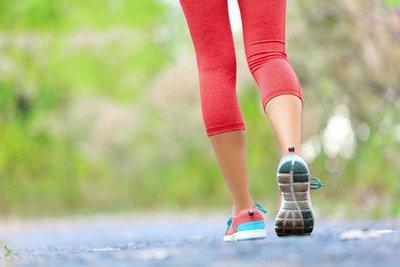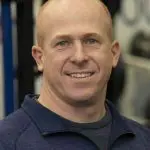
If you participate in a sport that encourages sport-specific shoes, it’s a given you will wear those sport-specific shoes. Soccer players wear cleats and Olympic lifters typically wear Oly lifting shoes. If you are active on any level, you’re an athlete, so proper footwear is vitally important! Especially if you’re struggling with any sort of foot (or even back) pain, wearing a solid, well-supported pair of shoes can be key in lessening or even eliminating that pain.
As you’re searching for shoes, there are a few general rules of thumb. These few tips can help ensure you end up with a pair of shoes that will help rather than hurt. As you rummage through shoe stores, don’t be shy about picking up shoes and seeing if they pass these few tests:
A few more specifics to aid in your search for proper footwear:
Make sure the toe box of the shoe matches your foot and that you choose a shoe with the proper width. If the shape of your toes doesn’t match the shape of the toe box at the front of the shoe, you will be more prone to issues. Typically, shoes are either straight lasted or curved lasted. Make sure you select a shape that correlates with the shape of your foot. Curve lasted shoes promote more pronation, so if you tend to overpronate, you would benefit more from a straight lasted shoe.
Check out the drop of the shoe - this is the ratio between the forefoot of the shoe and back of the heel. For example, running shoes can have a higher drop to keep the runner in a more forward position while shoes designed for CrossFit activities tend to have a lower drop to encourage the athlete to stay back on their heels in movements. If you struggle with tight calves, tight Achilles tendon, lack of ankle dorsiflexion, or full knee extension, you may be more comfortable in a higher drop shoe.
Though there can be a break in period with new orthotics in new shoes, a new pair of shoes will fit comfortably out of the box. Essentially, there should be no “break in” period.
---------------------
While these are some good pointers, it is always best to have your foot measured and sized for shoes. This will ensure your shoes fit properly, and, if you visit a store that specializes in fitting, they will be able to observe your gait and suggest specific types of shoes.
There are a few local stores that provide such sizing and athlete-specific fittings. They can measure your foot and observe your gait in order to suggest a shoe that may work best for your foot mechanics. They will also take into consideration any suggestions or information from your doctor or physical therapist. In specific, Runners Market is a prime local business that will work with you to find a shoe that suits you best. Their return policy is top-notch due to the fact they consider every case one at a time. If you aren’t satisfied with your purchase, they will work with you to make sure you are satisfied. They’ve been in business for 23 years and certainly do a fantastic job of making sure their customers have shoes that are perfect for them. Shopping locally is the way to go, especially when it comes to individualized attention! Call them or check out their website for more details: https://www.instagram.com/therunnersmarket/?hl=en
At the end of the day, don’t sacrifice comfort and proper mechanics for fashion! If you have questions regarding proper foot mechanics or how you can find a shoe that works best for you, don’t hesitate to contact us!

430 Montbrook Lane Suite 203
Knoxville, TN
37919
Phone: 865-337-5574
Monday
7am-12pm & 1pm-6pm
Tuesday
7am-12pm & 1pm-4pm
Wednesday
7am-1pm
Thursday
7am-12pm & 1pm-6pm
Friday
7am-12pm & 1pm-4pm
Saturday & Sunday
Closed